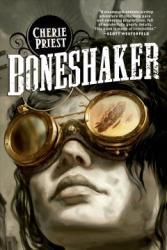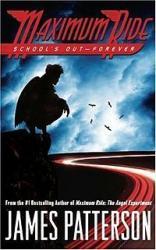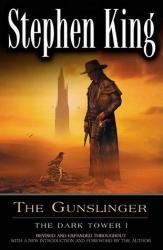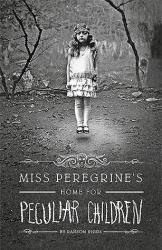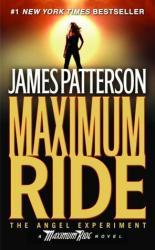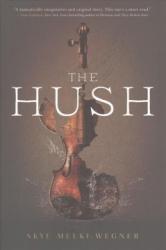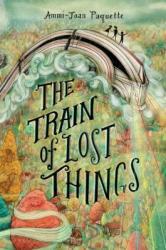Book Review: Boneshaker
I suppose when I chose to read this book, it would have been a little more steampunk than it was. Sure, Boneshaker has some of the trappings of a steampunk story, like the Civil War and inventions comprised of brass; but in the end, it felt more like light window dressing than something important to the plot. Surprisingly enough, this book was more along the lines of a zombie apocalypse novel than a steampunk one. In that sense, I’m disappointed that the cover didn’t completely deliver on its premise and instead decided to rely on the tropes of the post-apocalyptic genre.
The characters themselves were somewhat interesting, but their motivations seemed a little flat. The boy who wants to find his father and the mother who chases after him aren’t that compelling. In fact, the journey of both characters could have probably been accomplished via one of them, with supporting characters providing information about the other one. If anything, the plot was only used as a method to explore this semi-steampunk Seattle. This meant that, by the end of the book, there were quite a few more questions I had than answers. I guess that’s why there are two more books in this series.
I think my main problem with this book is that it isn’t more thoroughly tied to real history and real locations. Sure, there were a few mentions of the Civil War, but if you removed those few links to history, the story stands on its own pretty well. In fact, you could probably set this anywhere, even in its own, unique world, and it should still work. Because it doesn’t rely on our knowledge of history and familiar places, it doesn’t feel like the “alternate history” that steampunk can provide. In the end, this was a pretty good idea, but it’s misleading in its marketing.
A post-apocalyptic zombie book that has hints of steampunk thrown in, I give Boneshaker 3.0 stars out of 5.



 Ruth Holley Library will be temporarily closed for approximately one week starting Mon., Dec. 2 to complete roof repairs.
Ruth Holley Library will be temporarily closed for approximately one week starting Mon., Dec. 2 to complete roof repairs.